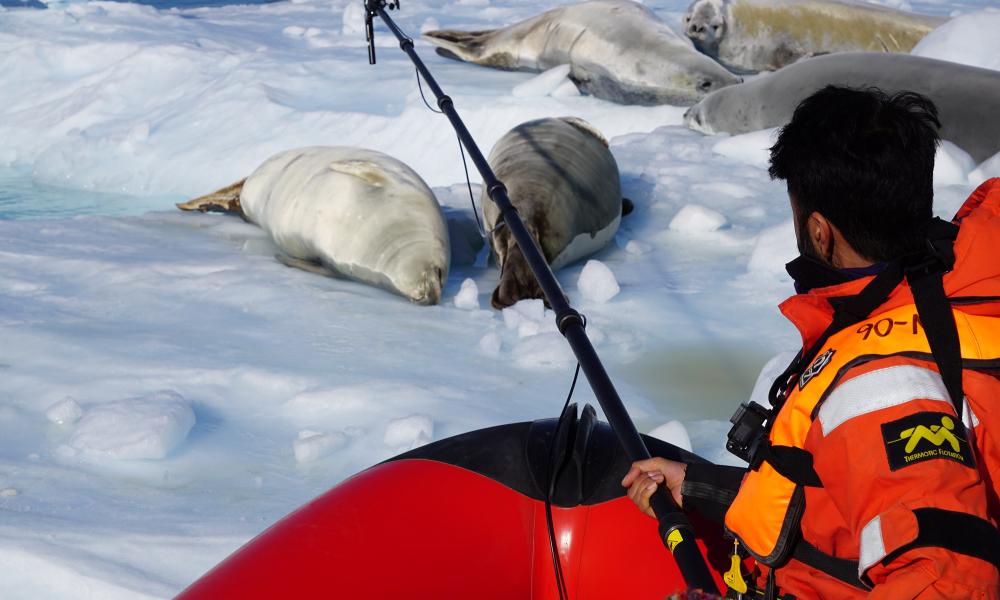
Why are seals important?
Currently, there’s a poor understanding of Antarctic pack-ice seal habitat preferences and population trends. Without this knowledge, it’s difficult for scientists to measure the health of the seal population, which in turn is an indicator of the health of the Antarctic marine environment as a whole. The polar regions themselves help regulate the climate systems of the world so monitoring seal populations can also help monitor climate change.
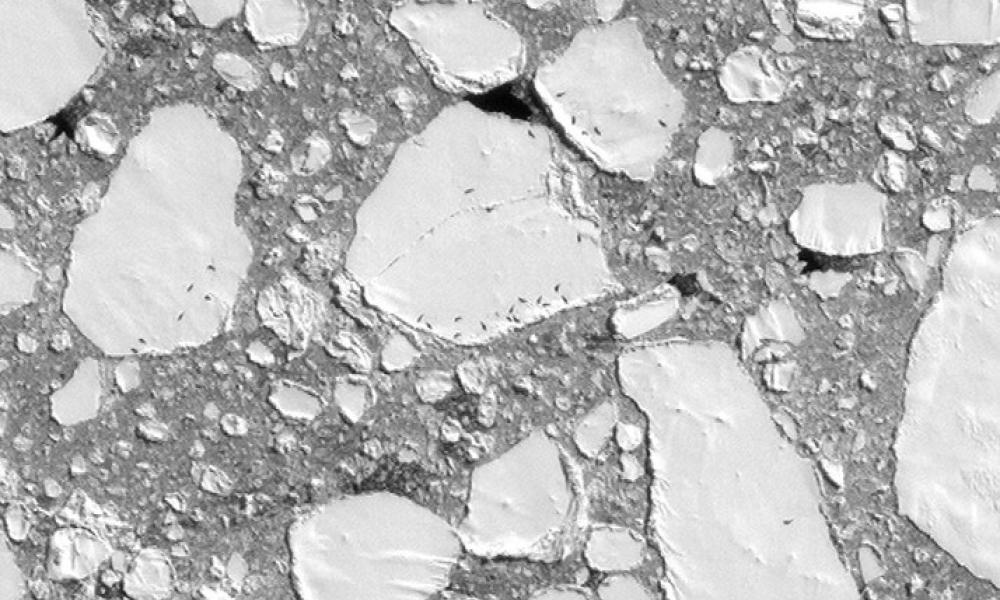
How we monitor them
Premdeep Gill is a PhD researcher with WWF, British Antarctic Survey and the University of Cambridge and is leading the “Seals from Space” project. Prem uses state-of-the-art satellite technology to study Antarctic pack-ice seals from space. He’s analysing how remote-sensing and machine-learning techniques can be used in the study and about the conservation of Antarctic pack-ice seals.
By pointing a satellite down at Earth and taking a snapshot of Antarctica's frozen seas, we can see individual seals, baby seals and even blood on the sea ice from a seal that has just given birth. We can also find breeding seal habitat hotspots.
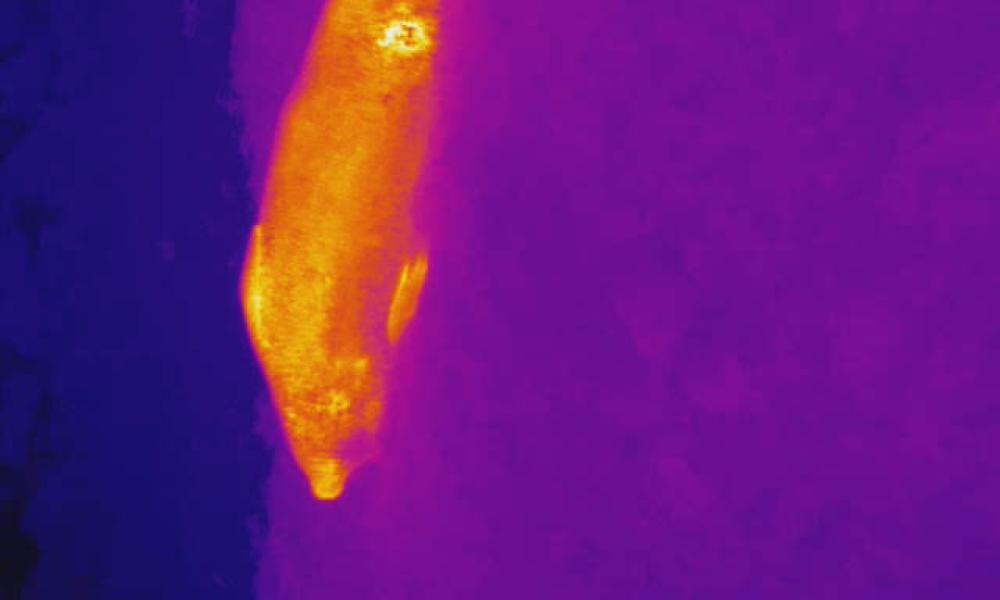
Seals or rocks?
Satellite images give a lot of valuable information, but scientists can't always tell exactly what they're seeing - whether the satellite image is showing a rock or a seal. One way of telling the difference between seal or rock is to use a field spectroradiometer to measure the unique light reflected off seals. Prem travelled to Antarctica in March 2020 to gather important data using a measure seals in wavelengths invisible to the human eyes, such as UV and infrared, and obtain the first spectral radiometer. The radiometer measured the thermal signatures of seals just out of the water, compared to seals on the ice all day.
Prem is then applied these spectral signatures to the satellite images, so his computer could count seals from space with greater confidence.
Given that sea ice volume is predicted to decline significantly by the end of the century, the monitoring of Antarctic seals is crucial to polar marine conservation.
WWF's work
Projects like this allow us to understand more about seal populations, and also the effects of global warming on Antarctica and its unique wildlife. Monitoring the health of an ecosystem is an important step towards tackling the climate crisis.
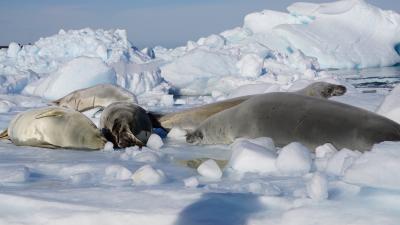
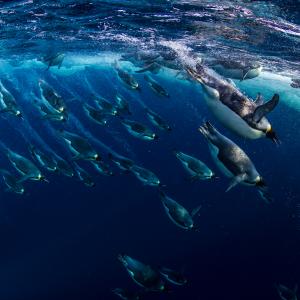 Top 10 facts about Emperor penguins
Top 10 facts about Emperor penguins
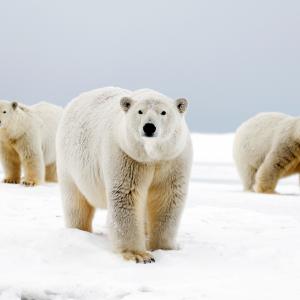 Top 10 facts about polar bears
Top 10 facts about polar bears
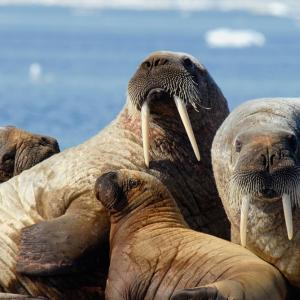 'Walrus from Space' teacher guide and class presentation
'Walrus from Space' teacher guide and class presentation
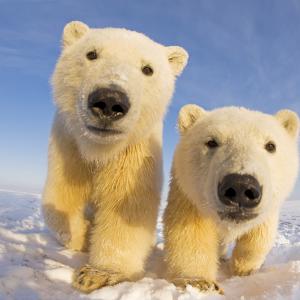 Tracking Polar Bears: Icons of the Ice
Tracking Polar Bears: Icons of the Ice